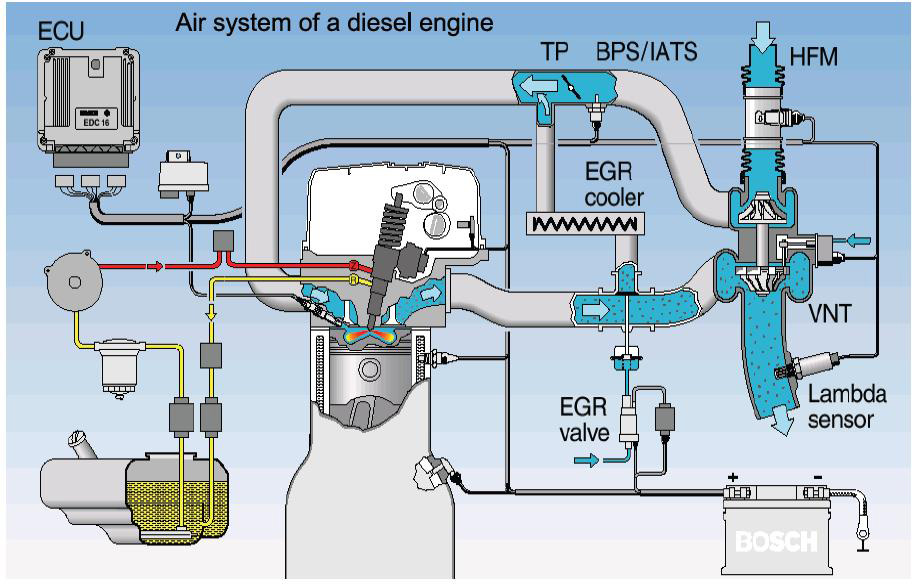
PI: Mustafa Unel, Supporting Agency: Ford Otosan, Duration: 2015-2018
To cope with more stringent emissions standarts, diesel engines have been equipped with increasing number of airpath actuators and sensors. The goals of using these devices are, on one hand, to control the chemical content of the emissions by dynamically controlling the pressure and oxigen content of the gas entering the motor; on the other hand, to satisfy expected power requirements.
New emission standarts imply dynamic calibration tests, and especially in heavy duty vehicles, emissions are assessed by road tests to see if they are within the legal limits. Such requirements necessitate dynamic control of the combustion.
 Airpath related dynamically controllable combustion variables will be dealt with in this project. Using results of the previous System Identification project, appropriate control architectures for airpath channels inside the Electronic Control Unit (ECU) will be investigated. As the outcome of the project, a new control architecture compatible with current needs and that can work harmoniously with other functions and available sensors will be developed.
Airpath related dynamically controllable combustion variables will be dealt with in this project. Using results of the previous System Identification project, appropriate control architectures for airpath channels inside the Electronic Control Unit (ECU) will be investigated. As the outcome of the project, a new control architecture compatible with current needs and that can work harmoniously with other functions and available sensors will be developed.

